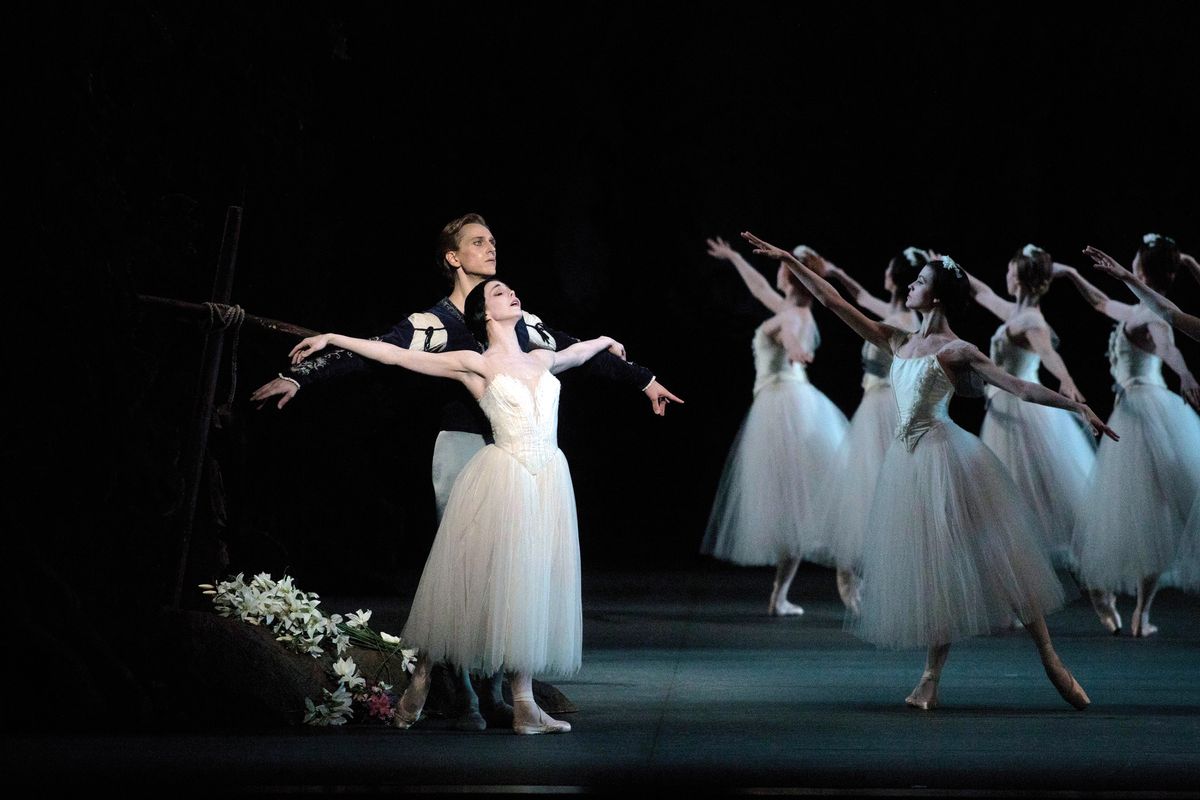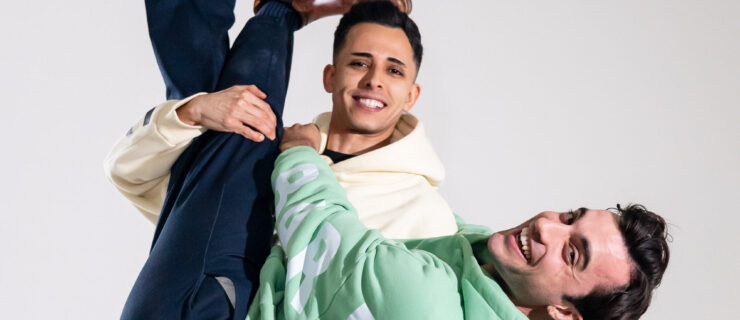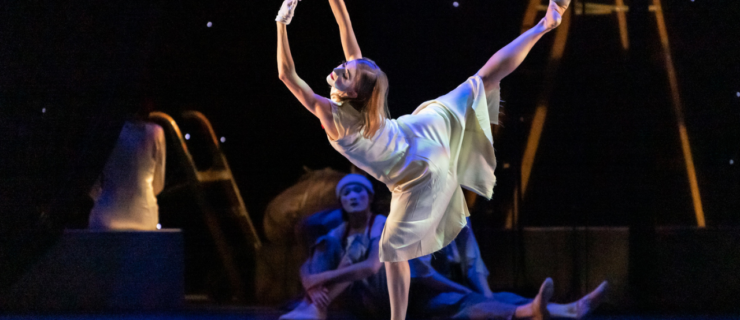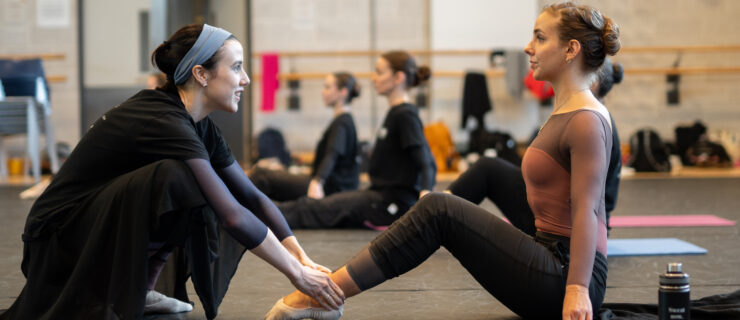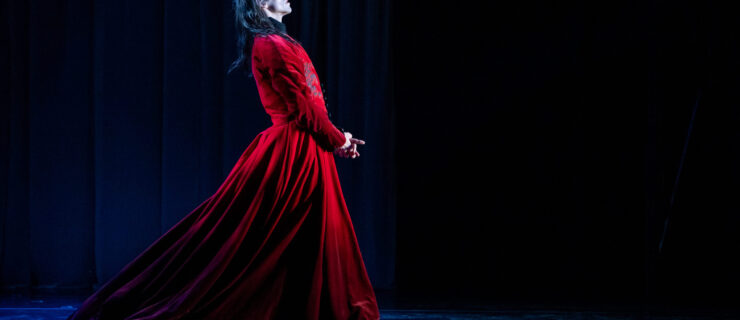David Hallberg on Growing into the Role of Albrecht Throughout His Career
David Hallberg, as told to Marina Harss
The role of Albrecht has gone through the widest arc of any that I’ve danced in my career. You know, Romeo will always be Romeo. And I’ve always had a sort of two-dimensional relationship with Siegfried in Swan Lake. But with Albrecht, I’ve constantly worked on developing and playing with the character.
When I learned the role, the crux of the decision was: Is Albrecht just a cad playing around with Giselle’s emotions, or is he truly in love? At the beginning, I went in the direction of gushing over Giselle, of forgetting my noble pedigree and my upbringing because I was so in love with her, despite the difference in social status. When I got to dance it with Natasha [Natalia Osipova], we barely knew each other. But this spark ignited between us onstage. I was totally in love with Natasha, not just with Giselle. It was so natural that I didn’t have to act or try to be anything. It hadn’t been that way in rehearsal; it all happened onstage, in front of the audience.
After one of our subsequent performances, Natalia Makarova came backstage and told me: “It’s too much. You’re too in love with Giselle.” From then on there was a kind of switch in me. When I started dancing the role more with other companies and other dancers, I pared it down a little bit. In the first act, I would observe Giselle from the sidelines, knowing what I was doing. But then the catastrophic outcome of my actions would reveal Albrecht’s humanity. At that moment, he just comes undone.
 Hallberg with Osipova in Giselle. Rosalie O’Connor, Courtesy ABT
Hallberg with Osipova in Giselle. Rosalie O’Connor, Courtesy ABT
I’ve gone through many iterations of Albrecht’s reaction to the mad scene. It’s one of the hardest moments in the ballet. It’s like, why doesn’t he just go over there and shake her out of it? You don’t want to be passive, but you have to be. Often I find myself thinking, This isn’t working—I look fake. But the best advice I’ve received is “Less is more.” Don’t move around too much. You have to let yourself stand there. It speaks volumes.
Another moment I’ve struggled with is Albrecht’s long walk from the wings to Giselle’s grave in the second act. You’re wearing this long cloak that reveals your legs from the shins down. I’ve had a hard time figuring out whether to emphasize the feet. If I really work my feet, it looks like I’m just trying to make them look pretty, and I’ve tried to avoid that. Because that is all people will look at. Instead I want to convey the weight of my grief as I approach Giselle’s tomb. So I try not to think about my feet. If the intention is there, I’ve found, the rest falls into place.
At the end of the ballet, you know that Albrecht will never, ever be the same. It’s like those experiences in life that change you forever. But you weather the storm. Personally speaking, I’ve never been the same since my ankle injury. I’ll never dance the same. I lost a kind of spark that I had after going through such a devastating experience. So I’m calloused from that. I’m better off as a person, but there’s no getting around the fact that I’ll never be the same. And I believe that’s how it is for Albrecht.
